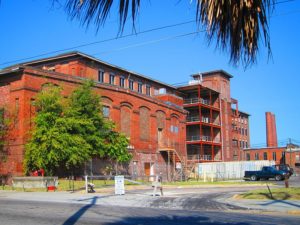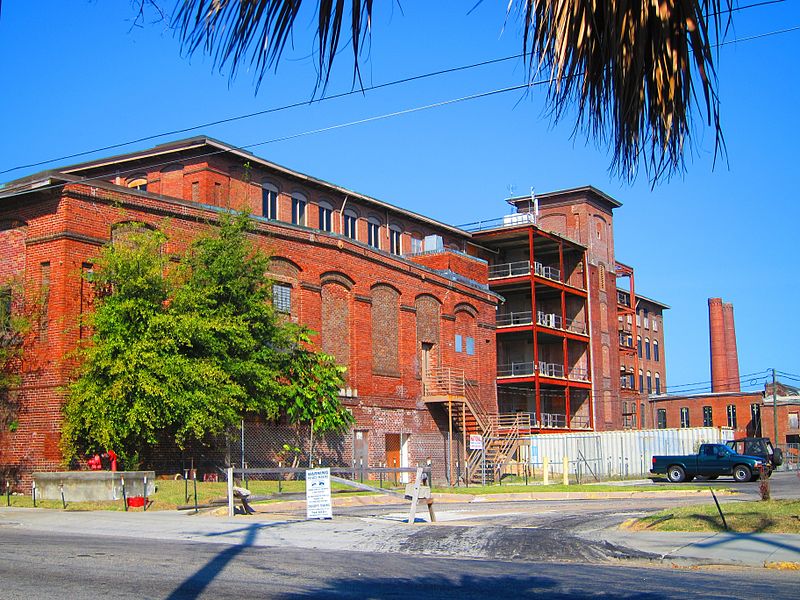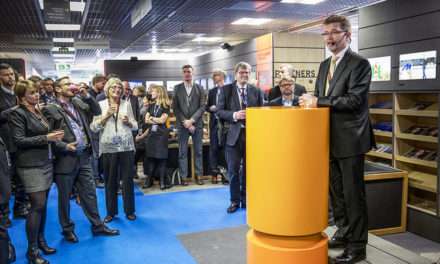On September 29–30, I had the pleasure of attending the Sixth Annual ULI Capital Markets Conference, held at the Sanctuary Hotel on Kiawah Island, and put on by the South Carolina chapter of the Urban Land Institute. I attended last year and picked up a client, so I thought I would see what was going on this year in the Carolinas.

Charleston Cigar Factory, courtesy of Luis F. Rojo, CC BY-SA 3.0.
The panel that discussed the redevelopment of what is now called the Cigar Factory on the Upper Peninsula of Charleston was most interesting. Located in the Cool Blow District of the city, the Cigar Factory started out in the 1800s as a textile mill. It has been vacant since 2006, but the building is now being redeveloped and attracting new tenants. Interestingly, tax credits were part of the capital stack; because the building was used as a textile mill in the past, the developers of the project were able to obtain mill tax credits (in addition to historic tax credits because of its listing on the National Register). Mill tax credits seem to be unique to South Carolina, although other states may have similar tax credits for the adaptive reuse of other kinds of buildings.
Tenants that will occupy the space are a mix of commercial and retail. Garden & Gun magazine will be one of the tenants at the Cigar Factory, which has 600 parking spaces. Retail is only at the visioning stage at the moment, but those tenants will come later. At least one restaurant will be located in the space.
After the panel on the Cigar Factory, another session on tax credits was held, signifying the interest by developers in using tax credits as part of the capital stack to finance these deals. Being in South Carolina, the session focused on the various tax credits available to developers doing business in South Carolina. These range from brownfields tax credits to infrastructure tax credits. Developers often will set up separate limited liability corporations (LLCs) as “tax credit LLCs,” where developers do business and then tax credits are transferred to the LLC. From there, the LLC can transfer the tax credits to the new owner when the real estate is sold. This is one of the ways tax credits are monetized. The benefit to developers is a decrease in their federal income tax liability.
From the investor perspective, investors generally do not want to take on construction risk, so investors in tax credits will wait and buy the credits close to the end of construction build-out.
Lots of good things are being done in the Carolinas. For a broader perspective of capital markets and the global economy, please see my blog recapping the Pension Real Estate Association conference in Los Angeles.






Recent Comments